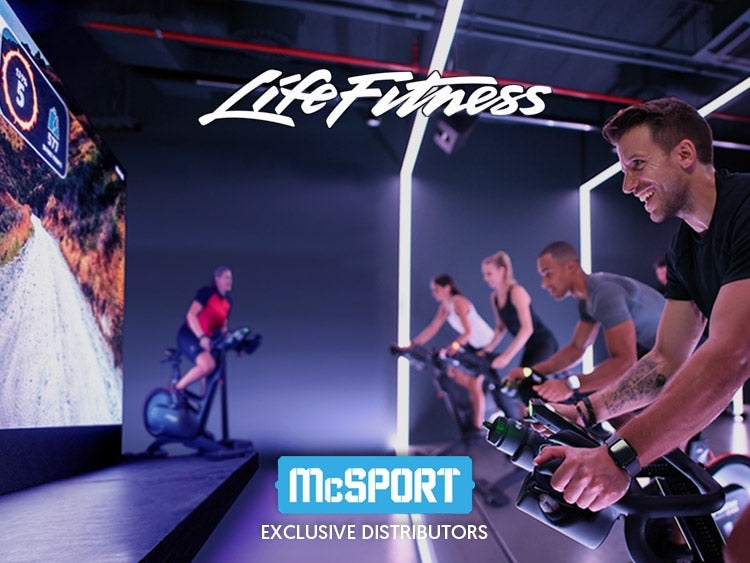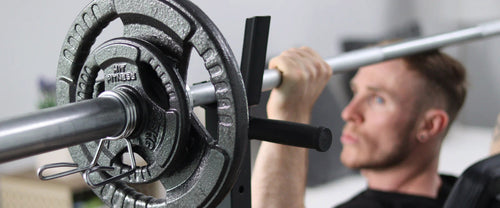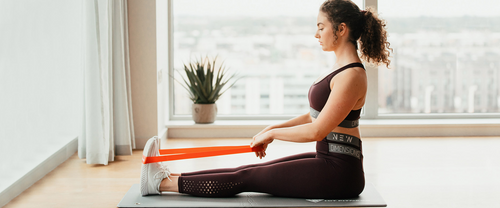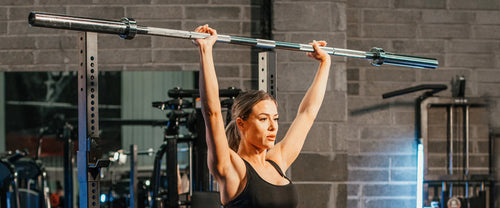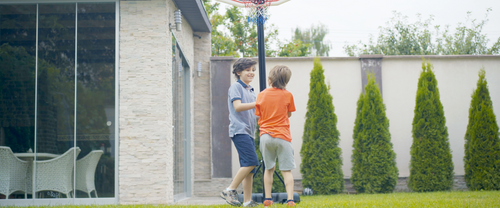Using a plyo box effectively is relatively easy when you know what you are doing. When training, the primary goal is to get faster, jump higher, and lift heavier. A lot of this training focuses on power, as you need to accomplish many of the exercises.
One of the most effective ways to gain that power is through plyometric training. The only problem with plyometric training is that many people shy away from it as they do not know how to use a plyo box effectively.
What is Plyometric Training?

The word plyometrics comes from the Greek word pleythyein, which means to increase. Plyometric training is much more recent than the word, though, beginning in the 1970s. Dr Yuri Verkhoshansky developed it and became known as the father of plyometrics. In the 1970s Soviet Union, which was referred to as the shock method, was a big reason they dominated the Olympics that year.
Now you will see it being referred to as a plyo box, plyometric training, or a jump box. All titles are used interchangeably, and they have become a staple in gyms for athletes looking to increase their power.
Plyometric training uses a box-shaped object and jumping, which develops explosive power and increases your vertical jump. They are essential for training in specific sports such as basketball, sprinting, and golf.
3-in-1 Plyometric Box

The plyometric box is a versatile piece of equipment for a gym to have as You can use it for exercises other than plyometric training. There are usually three ways to get a plyo box. It can come in wood, metal, or soft padding. The soft padding is coated around the wood in the plyo box and gives more support when you are using it.
The soft 3-in-1 plyo box is also safer and more space-efficient than many other boxes, it is made of soft material and high-density foam, therefore, being safer than wooden or metal plyo boxes. You can turn the plyo box three different ways, so it can be three different heights, making it very space-efficient for small facilities.
Benefits of using a plyo box
1. Increases Strength
Using the jump box is sure to increase your strength. The explosive movements will develop your power and strength, especially in your lower half. Your tendons, in particular, build endurance, which means fewer injuries. The elasticity improves by placing stress on them in a controlled setting.
2. Cardio Endurance
Cardio needs the power to drive you forward. By using the plyo box and stretching your tendons, your cardio fitness will also increase. Your twitch muscles will get a workout on the plyo box, which will affect other aspects of your training, including cardio.
Want to know about cardio? Why not read our article on cardio machines that burn the most calories!
3. Fat Loss
As this is a high endurance exercise, you will be sure to work up a sweat and burn calories. As the jump box utilises your entire body and activates most muscles, you will be sure to see the fat loss from using one if you keep to a healthy diet.
Top 4 Plyo Box Exercises
There are a lot of different exercises you can do on the jump box. We’ve put together four of them that are the most popular among athletes to do.
1. Box jumps

Stand in front of the box, jumping onto the box, landing with both feet on top of the box. Either step or jump down. Box jumps are great for conditioning, leg strength and increasing power.
2. Bulgarian Split Squats

Stand in front of the box, with one leg elevated on the box. Ensure your front shin is parallel to the ground, so you’re not standing either too far or too close to the box. Lower your body until your back knee is close to the ground, you’re not just lowering your body down, but you’re lowering and moving back. Start these with no weight, and once you feel confident, you can add weight by holding dumbbells or kettlebells.
3. Step Ups

Stand in front of the box, step onto the box with one leg, then bring the other leg up and stand up straight. Step back down and repeat with the opposite leg. You can add weight to these by holding dumbbells or kettlebells in each hand to make it more challenging.
4. Elevated Push-Ups

There are two versions of this exercise. The slightly more accessible version is where you place your hands on the jump box, feet on the floor and complete the push up from there, keeping your elbows close to your body, core tight and moving your entire body in one straight line down towards the box. The more challenging version is where you place your feet on the box and hands on the floor, keeping your body in a plank position.
Want to know more about strength training? Why not read our blog on Why Bumper Plates Are Worth it


